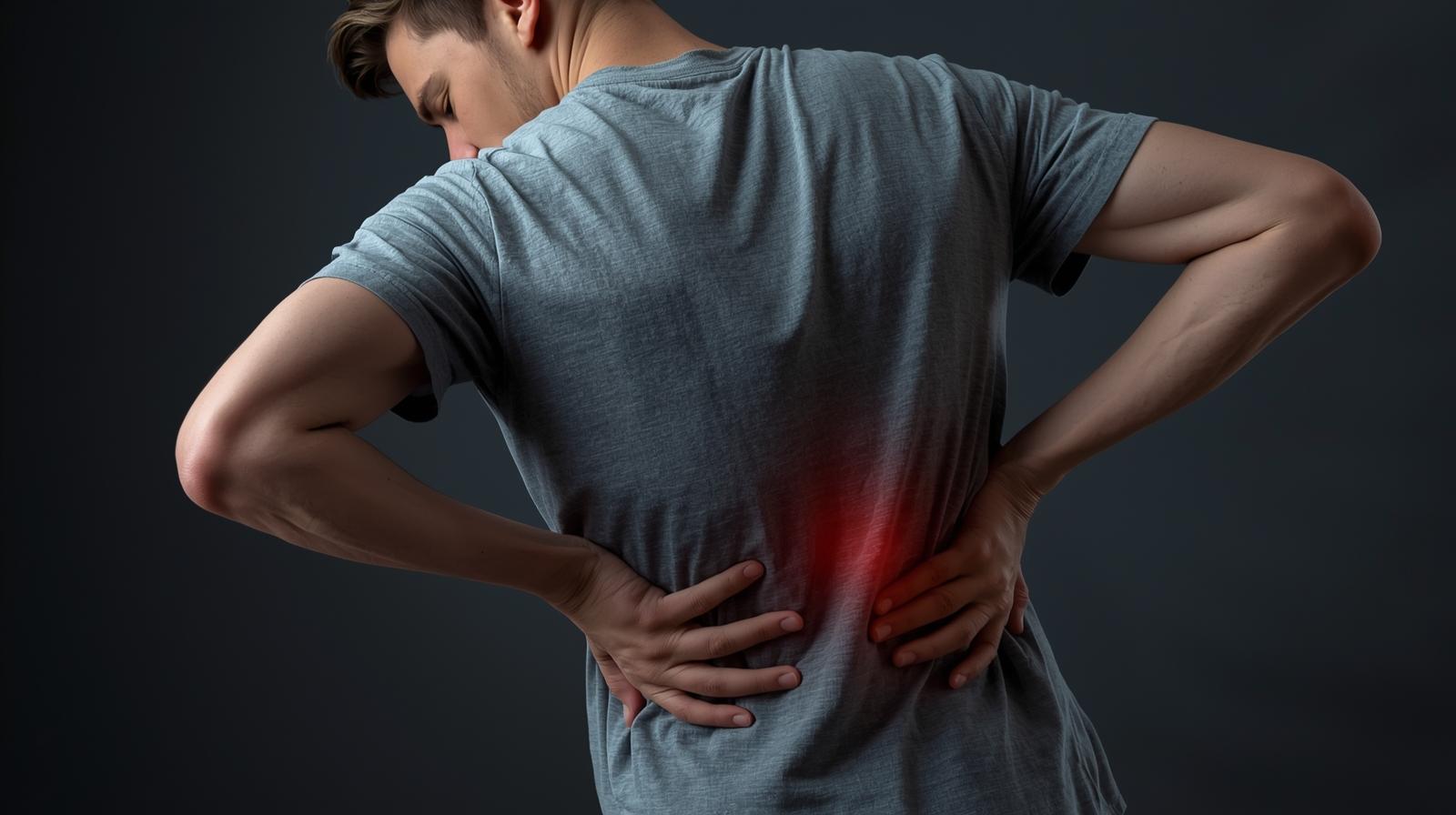Pulling your lower back is one of the worst pains you can get. You go from moving normally to barely being able to get out of bed. If you’re thinking, “I pulled my lower back and can’t move,” you’re not alone. Millions of people deal with this every year. But while it’s painful, most lower back strains heal with the right care and patience. Here’s what you need to know and do if you find yourself in this situation.
Understanding a Pulled Lower Back
A pulled lower back usually happens when the muscles or ligaments in your lower spine get stretched or torn. It can happen during exercise, lifting something heavy, or even twisting awkwardly. The pain is often sudden, sharp, and can make even small movements feel impossible.
Common signs of a pulled lower back include:
- Sharp pain in the lower back
- Muscle tightness or spasms
- Limited movement or inability to stand straight
- Pain that worsens when bending, lifting, or twisting
Most of the time, a pulled back isn’t dangerous, but it’s incredibly painful and can disrupt daily life.
Immediate Steps After Pulling Your Back
If you can’t move comfortably, here’s what to do first:
- Stop and Rest
Don’t push yourself to move through the pain. Lie in a comfortable position—usually on your back with knees bent or on your side with a pillow between your knees. Short rest (a day or two) is fine, but long-term bed rest can actually make things worse. - Apply Ice or Heat
- Ice: Use an ice pack for the first 24–48 hours to reduce swelling. 15–20 minutes at a time, a few times a day.
- Heat: After the first day or two, switch to a heating pad to relax tight muscles.
- Over-the-Counter Pain Relief
Pain relievers like ibuprofen or acetaminophen can help manage pain and inflammation. Always follow the instructions and consider any health conditions before taking them. - Gentle Movement
Even if it hurts, try gentle movements. Slowly get up, walk a few steps, and change positions every hour or two. Movement helps prevent stiffness and speeds up recovery.
When to Call a Doctor
Most pulled lower backs heal on their own, but sometimes pain signals something more serious. Contact a doctor immediately if you have:
- Numbness or tingling in your legs or feet
- Weakness in your legs
- Trouble controlling your bladder or bowels
- Pain that doesn’t improve after a few days
These could be signs of a more serious injury, like a herniated disc, and need professional care.
Recovery Tips for a Pulled Lower Back
Once the initial pain starts to ease, you can focus on recovery. These tips help your back heal faster and reduce the chance of reinjury:
- Stay Active
Gentle walking, stretching, and light movements help keep your muscles from stiffening. Avoid heavy lifting or high-impact activities until your back feels normal again. - Simple Stretches
- Knee-to-Chest Stretch: Lie on your back and pull one knee to your chest at a time, holding for 15–20 seconds.
- Cat-Cow Stretch: On your hands and knees, alternate arching and rounding your back slowly.
- Pelvic Tilts: Lie on your back with knees bent, tighten your abs, and flatten your lower back against the floor.
- Strengthen Your Core
Strong abdominal and back muscles support your spine. Once your pain improves, try gentle core exercises like bridges, bird-dogs, or planks. Don’t push into pain—stop if it hurts. - Pay Attention to Posture
Poor posture can strain your back even after it starts to heal. Sit with your feet flat on the floor, shoulders relaxed, and avoid slouching. When standing, distribute weight evenly on both feet. - Sleep Smart
Use a firm mattress if possible. Sleeping on your back with a pillow under your knees or on your side with a pillow between your knees helps reduce pressure on your lower back.
How Long Does a Pulled Back Take to Heal?
Recovery time varies. Mild strains may improve in a few days to a week. Moderate strains might take 2–4 weeks. Severe strains could take 6–8 weeks. The key is listening to your body, moving gently, and not rushing back into intense activity.
Preventing Future Back Injuries
Once you’ve pulled your back, the last thing you want is to do it again. Prevention is about building strength, flexibility, and body awareness:
- Warm up before exercise or lifting
- Use proper lifting techniques: bend your knees, keep the object close, avoid twisting
- Strengthen your core and back muscles regularly
- Take breaks from sitting for long periods
- Stretch daily, focusing on hips, hamstrings, and lower back
When It’s More Than a Muscle Pull
Most of the time, pulled backs are just that—muscle or ligament injuries. But sometimes the pain could come from a slipped or herniated disc, arthritis, or other spinal issues. If your pain is intense, lasts more than a couple of weeks, or comes with numbness or weakness, get checked by a medical professional. Early treatment can prevent bigger problems.
Bottom Line
Pulling your lower back and being unable to move is scary and painful, but most of the time, it’s not serious. Rest, ice, gentle movement, and over-the-counter pain relief are the first steps. Gradually adding stretches, strengthening exercises, and good posture habits will help your back heal and prevent future injuries. Always listen to your body and don’t ignore severe symptoms—they could indicate something more serious.
Remember, even if you can’t move right now, with the right care, you’ll be back on your feet—and back to life—sooner than you think.



%402x%20(2).svg)